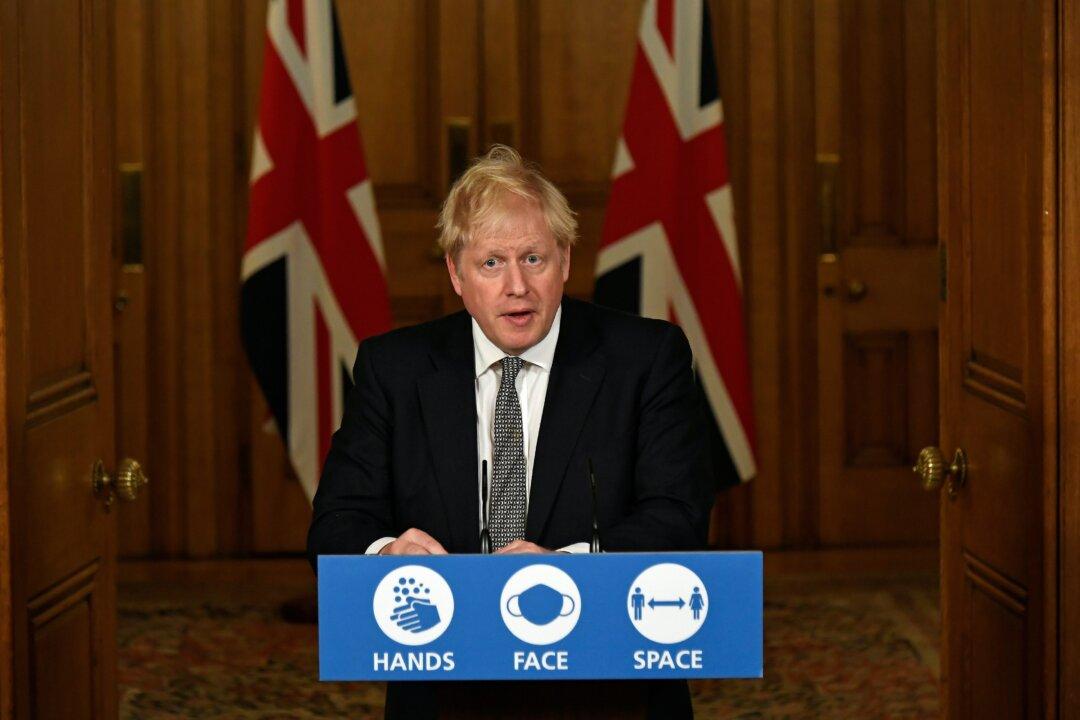The national watchdog on statistics has added its weight to growing criticism of how a potentially misleading graph was presented by the government to justify England’s second national lockdown.
The Office for Statistics Regulation (OSR), the regulatory arm of the UK Statistics Authority, said that more transparency was needed in the presentation of data around COVID-19 infections.





